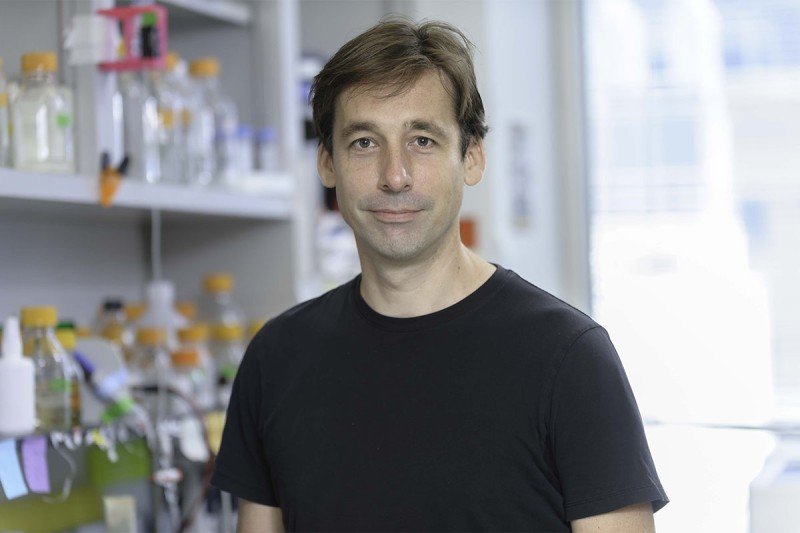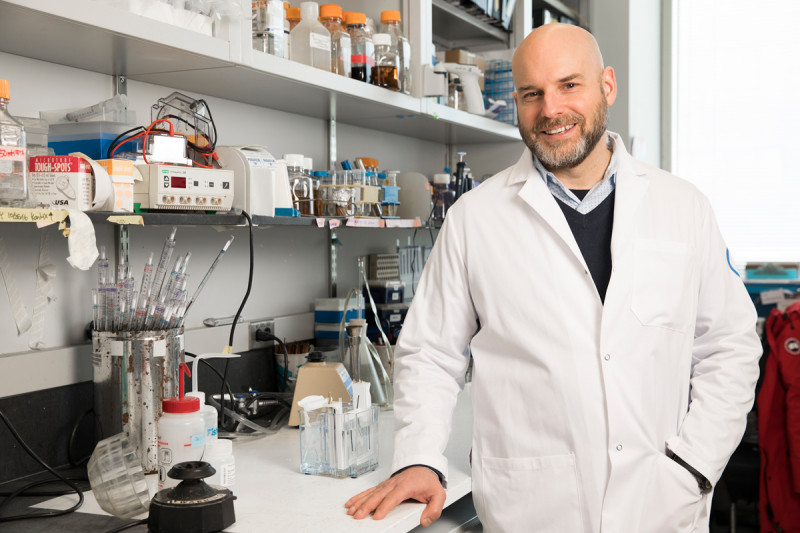2023 Full Project Awardees
Heeseon An
Redefining the Role of Individual Ribosomal Proteins to Elucidate Heterogenous Ribosomes

Mary Baylies
Development of a Human Pluripotent Stem Cell-derived Skeletal Muscle-Motoneuron Microtissue to investigate Mechanisms Driving Muscle Dysfunction in Nemaline Myopathy

John Petrini & Dinshaw Patel
Structural and functional studies of the Saccharomyces Cerevisiae Mre11 complex, A Major Effector of the DNA Damage Response
The Mre11 complex is integral to all aspects of the cellular response to DNA damage. This proposal is focused on understanding the structural basis for the various functions of the complex, including its ability to activate DNA damage signaling and DNA repair. After extensive genetic analyses of complex, the structural information obtained will illuminate the mechanisms that underlie the various phenotypes.
2022
Xiaolan Zhao & Dinshaw Patel
Mechanisms of Smc5/6 engagement and manipulation of DNA
Smc5/6 is a multi-functional genome guardian that promotes faithful DNA replication and repair and response to genotoxins. This collaborative investigation aims to obtain high resolution cryo-EM structures of Smc5/6 in its multiple functional states when engaged with different forms of DNA to understand how these different states influence specific genome maintenance processes.
Derek Tan
New Methods for Direct Conversion of Carboxylic Acids to Oxetane Bioisosteres
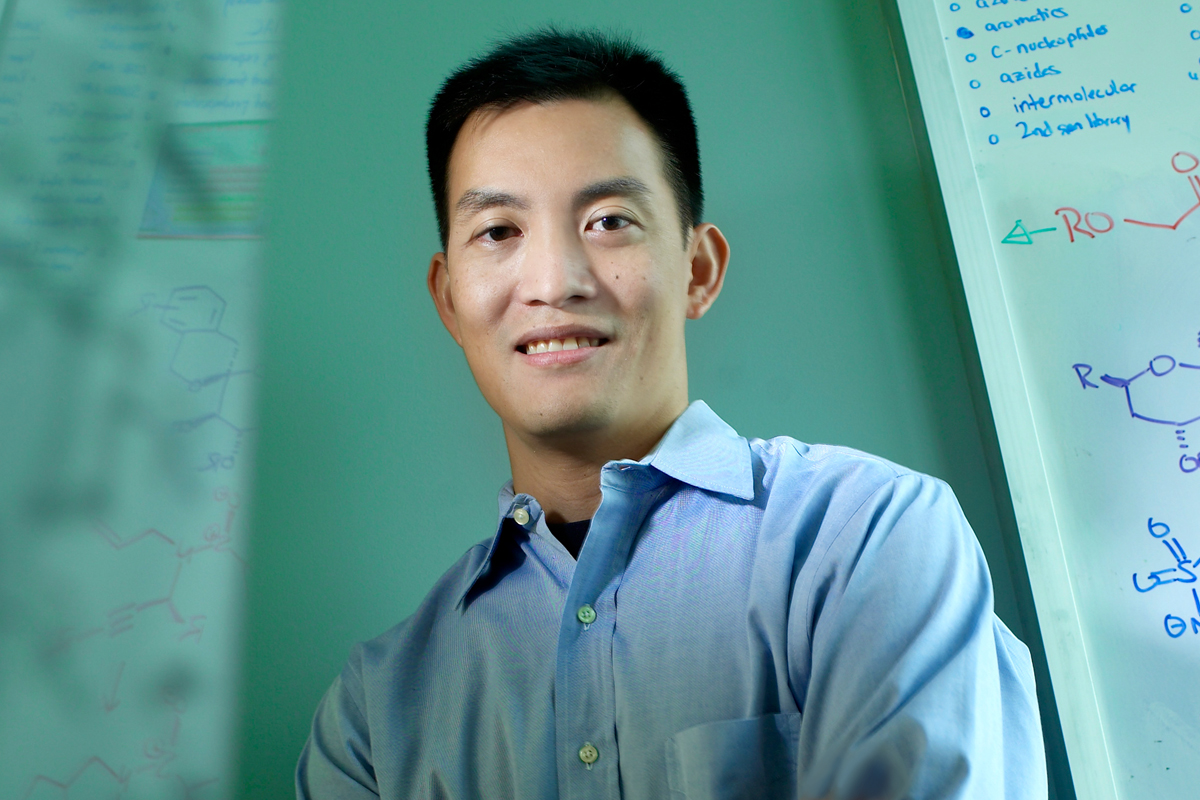
Andrea Schietinger
Autoimmune Stem-Like T cells and Their Niches

2021
Dirk Remus & Richard Hite
Structural Basis For The Inhibition Of Eukaryotic DNA Replication Fork Progression By G-Quadruplexes
Rapid, complete and accurate DNA replication is integral to the maintenance of the genetic information encoded in chromosomal DNA. However, certain DNA sequences are prone to adopt non-canonical secondary structures that threaten genome integrity by impeding the DNA replication process in ways that are poorly understood. Leveraging the complementary expertises of the laboratories of Richard Hite in structural biology and Dirk Remus in DNA replication, this project will combine structural, biochemical and genetic approaches to determine how G-quadruplexes, a class of abundant DNA secondary structures that form in G-rich regions across the genome, impede the progression of eukaryotic DNA replication forks.
Alexandros Pertsinidis
Laying the foundations for in situ structural biology

Methods that can produce atomic resolution structures of isolated, purified macromolecules using cryogenic transmission electron microscopy (cryoTEM) have recently revolutionized structural biology. Electron microscopy could also in principle visualize macromolecules in their native setting inside the cell, however technical limitations currently preclude high-resolution structural analyses in molecularly crowded and highly heterogeneous environments, The major goals of this project are to develop new methods for single-particle analysis by cellular cryoTEM, to unlock structural characterization of macromolecular machines and assemblies that power cellular life.rget stiffness and whether this mechanosensory behavior alters their transcriptional state.
2020
Lydia Finley
Identifying novel mechanisms of metabolic regulation of cell fate decisions

Intracellular metabolites can regulate important cellular functions including self-renewal and differentiation, but how metabolites exert these regulatory effects is largely unknown. The goal of this research project is to use chemical and genetic approaches to identify the molecular mechanisms by which metabolites control cell fate decisions. By combining hypothesis-driven approaches with unbiased profiling, the proposed systematic assessment of metabolite effectors will identify novel targets of metabolic control and open new avenues for understanding the impact of the cellular metabolome on fundamental cellular processes.
Morgan Huse
Mechanoregulation of macrophage phagocytosis
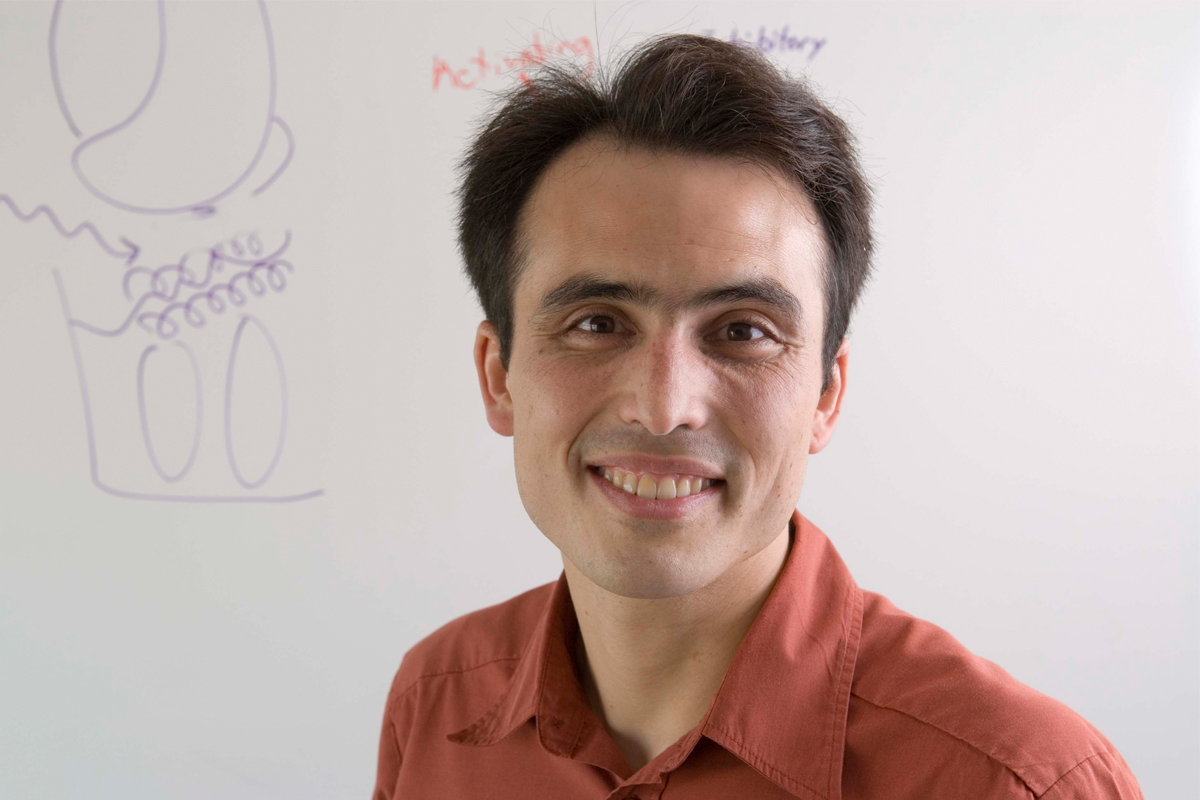
Phagocytosis plays a central role in both immunity and tissue homeostasis by enabling the uptake of pathogens and cellular debris. Although much is known about the chemical signals that regulate phagocytosis, how physical properties like rigidity influence the process is poorly understood. This project will leverage recently developed microfabrication technology to determine whether phagocytic cells respond to variations in target stiffness and whether this mechanosensory behavior alters their transcriptional state.
2019
Scott Keeney and Dinshaw Patel
Elucidating the structural and functional principles of germline genome transmission
A fundamental question in eukaryotic biology is how organisms transmit their genomes—shuffled but undamaged—across sexual generations. Homologous recombination during meiosis plays a central role in this genetic transmission, but despite over a century of study the underlying molecular mechanisms remain poorly understood because of a paucity of biochemical and structural information. This project will tackle this longstanding challenge by bringing together two labs with complementary expertise in meiotic recombination (Keeney) and structural biology (Patel). These groups will study how recombination-promoting proteins work by combining biochemical and structural studies of purified proteins with novel genetic and cell biology experiments in baker’s yeast and in mice.
Philipp Niethammer
Probing the role of inflammatory fatty acid metabolism in innate immune memory formation
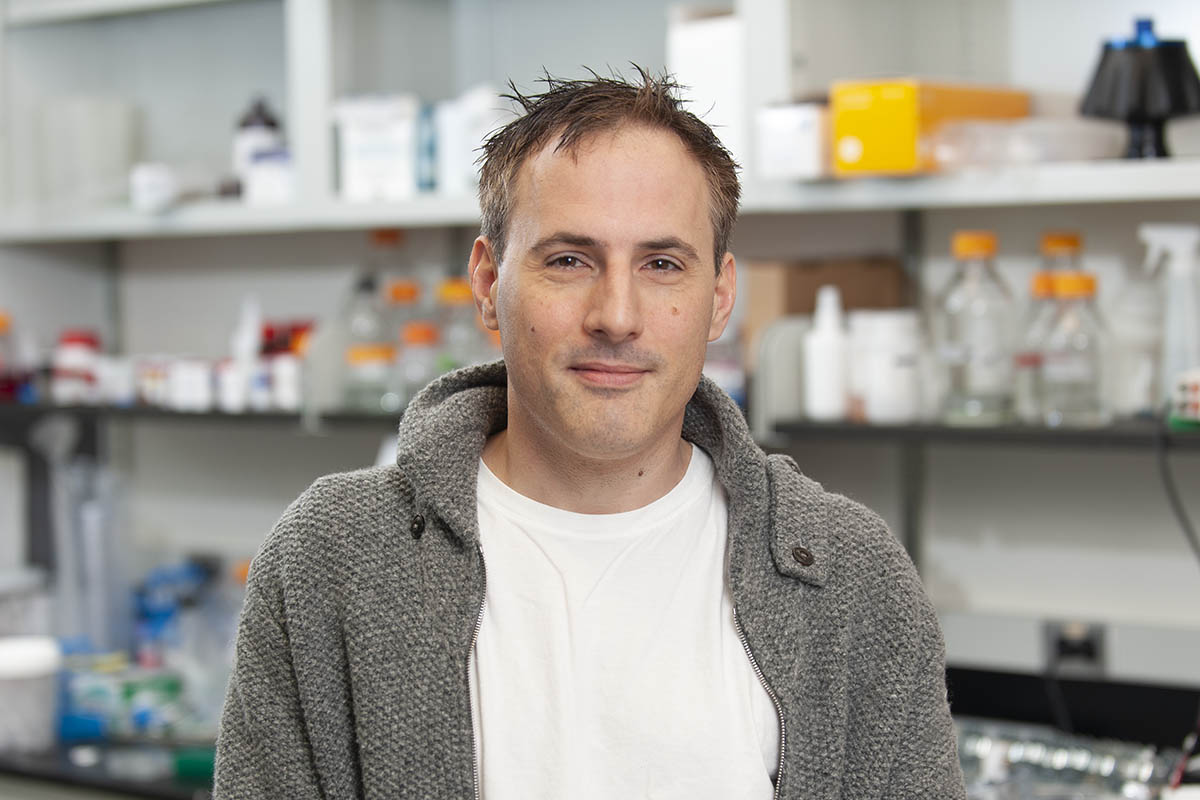
The project studies how leukocytes, which make the first line of our immune defenses against invading microorganisms, can “remember” past challenges, such as tissue injury and infection, to respond more aggressively to alike challenges in the future. By combining intravital imaging of antimicrobial leukocyte responses in intact zebrafish larvae with current genetic and epigenetic techniques, we seek to unravel the cellular and metabolic basis of “innate immune memory” formation in a developing vertebrate, whose antibody-based, adaptive immune mechanisms have not yet become operant. The expected insights could open new avenues for modulating leukocyte responses for therapeutic advantage during inflammatory diseases and cancer.
Iestyn Whitehouse
Molecular indexing of chromatin
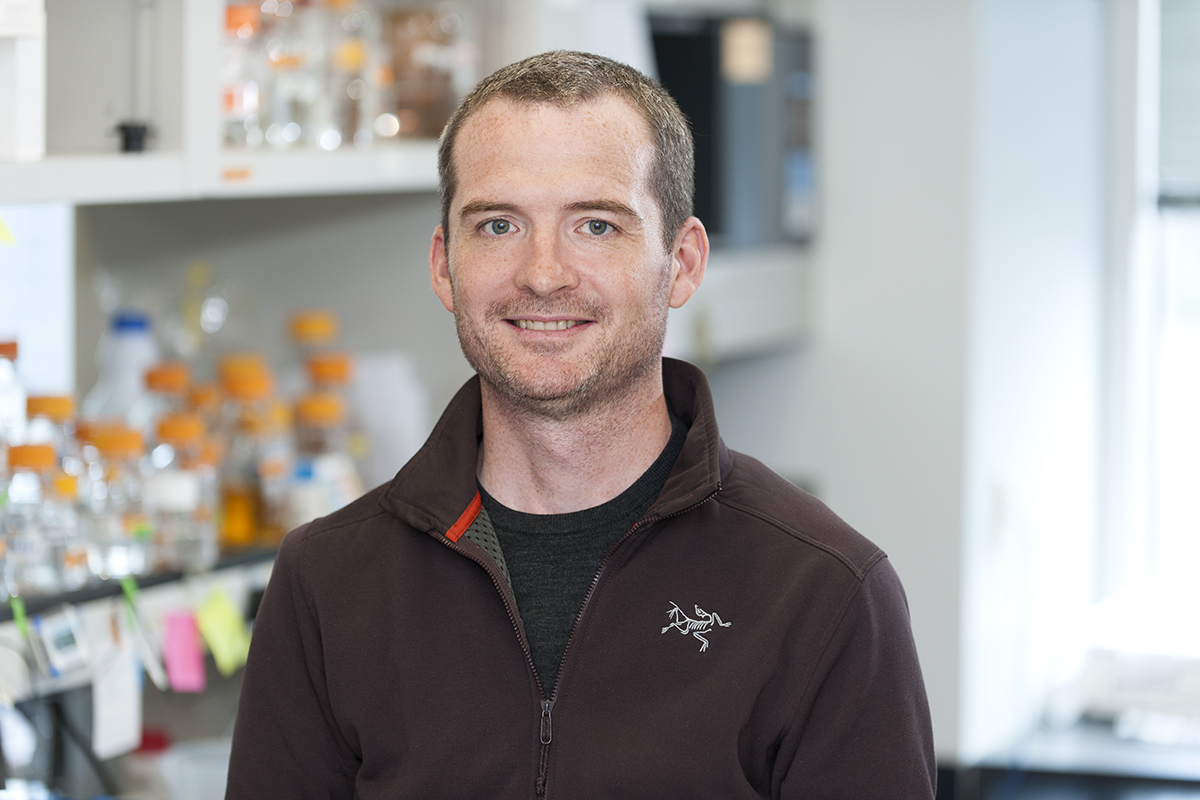
The overall goal of this research project is to develop new methodology to identify proteins and DNA that interact in 3-dimensional space. Our technology relies on new methods that allow us to uniquely tag and then identify interacting molecules within a population of billions. We will use this new methodology to address fundamental unanswered questions in the transcription and genome integrity fields: we focus on RNA Polymerase II and aim to learn how transcription is regulated in the context of chromatin and how transcription may interfere with DNA replication. Our method is novel, does not require specialized equipment, and can be readily adapted to study any protein that interacts with the genome.
We expect there to be two calls for BRIA pilot projects, and one call for full applications each year. Revisions of projects will be considered as new submissions.



